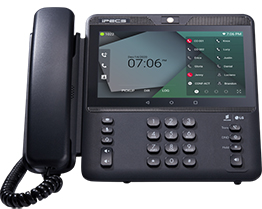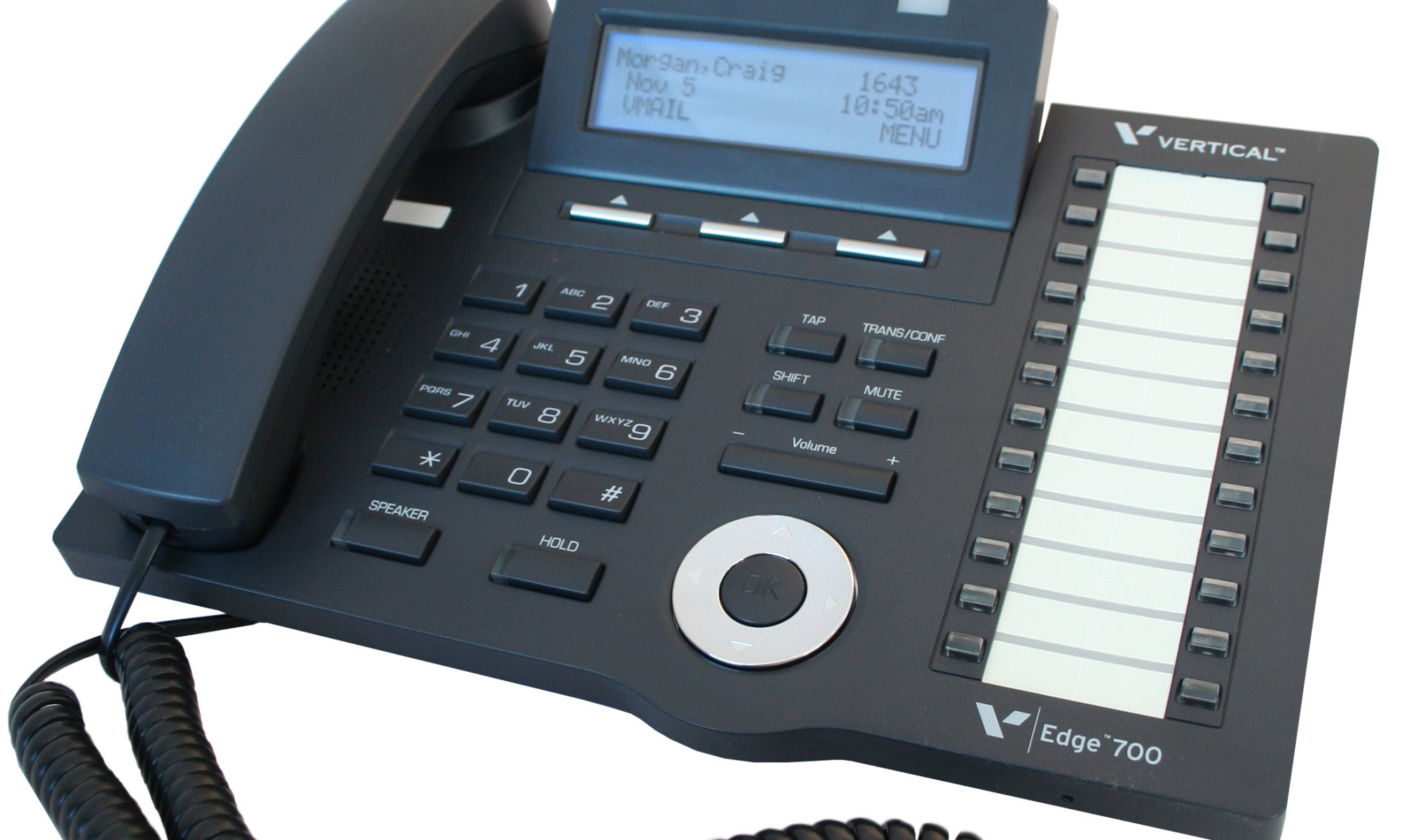-

Here’s a glossary of terms commonly used in VoIP (Voice over Internet Protocol) telephone systems: VoIP (Voice over Internet Protocol): A technology that enables voice communication over the internet, converting analog audio signals into digital data packets for transmission.
- SIP (Session Initiation Protocol): A signaling protocol used for initiating, maintaining, and terminating VoIP calls.
- PBX (Private Branch Exchange): A private telephone network used within an organization that allows users to make internal and external calls using VoIP technology.
- Softphone: Software-based applications that allow users to make VoIP calls directly from their computers or mobile devices.
- ATA (Analog Telephone Adapter): A device that converts analog signals from traditional phones into digital signals compatible with VoIP networks.
- IP Phone: A specialized VoIP telephone that connects directly to an IP network, usually through an Ethernet connection.
- Codec (Coder-Decoder): Algorithms used to compress and decompress audio signals for efficient transmission over the internet.
- Bandwidth: The amount of data that can be transmitted over an internet connection in a given amount of time, measured in bits per second (bps).
- QoS (Quality of Service): Techniques used to prioritize and ensure the quality of real-time voice traffic on a network, reducing latency and jitter.
- Latency: The time delay between the transmission and reception of data packets, affecting the real-time communication experience.
- Jitter: Variability in the arrival time of data packets, leading to irregularities in voice communication.
- LAN (Local Area Network): A network of interconnected devices within a limited geographical area, such as an office building.
- WAN (Wide Area Network): A network that covers a broader geographical area, often connecting multiple LANs across different locations.
- VLAN (Virtual Local Area Network): A logical network created within a physical LAN to segregate and prioritize specific types of data traffic.
- Firewall: A security system that controls incoming and outgoing network traffic, protecting the network from unauthorized access.
- NAT (Network Address Translation): A process that converts private IP addresses within a LAN to a single public IP address when communicating with external networks.
- Voicemail: A system that allows callers to leave recorded voice messages when the intended recipient is unavailable.
- Call Forwarding: A feature that redirects incoming calls to another designated phone number.
- Caller ID: A service that displays the phone number and sometimes the name of the caller on the recipient’s phone.
- IVR (Interactive Voice Response): A system that interacts with callers through pre-recorded voice prompts and allows them to navigate menus to access specific information or services.
- SIP Trunking: A service that allows businesses to connect their PBX to the internet and make VoIP calls over an IP network.
- E911 (Enhanced 911): A service that provides emergency responders with the caller’s location information when dialing emergency services.
This glossary should help you understand some of the key terms related to VoIP telephone systems. VoIP technology continues to evolve, so new terms may emerge over time as the technology advances.

